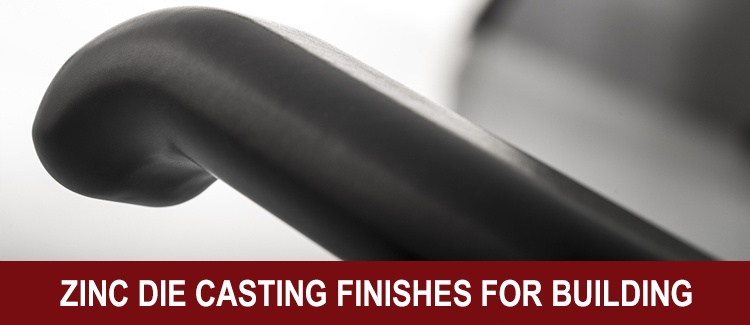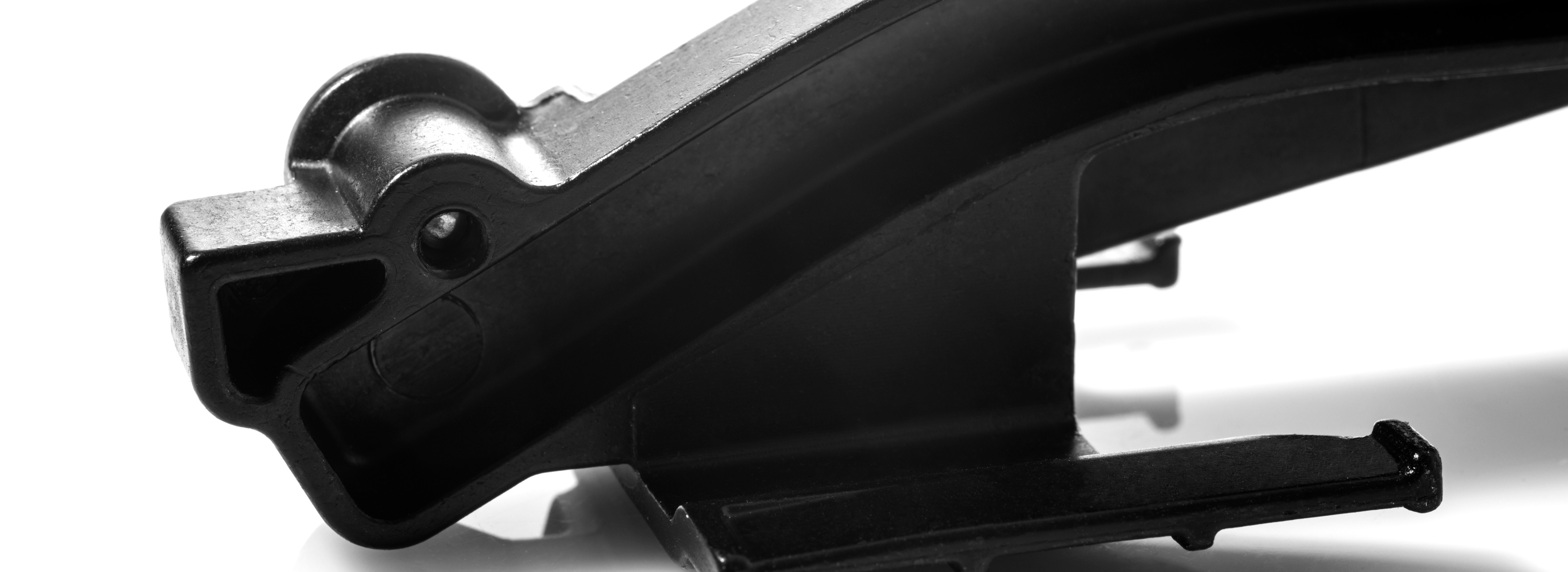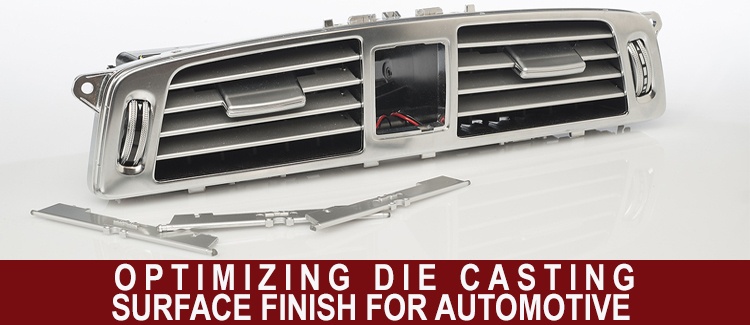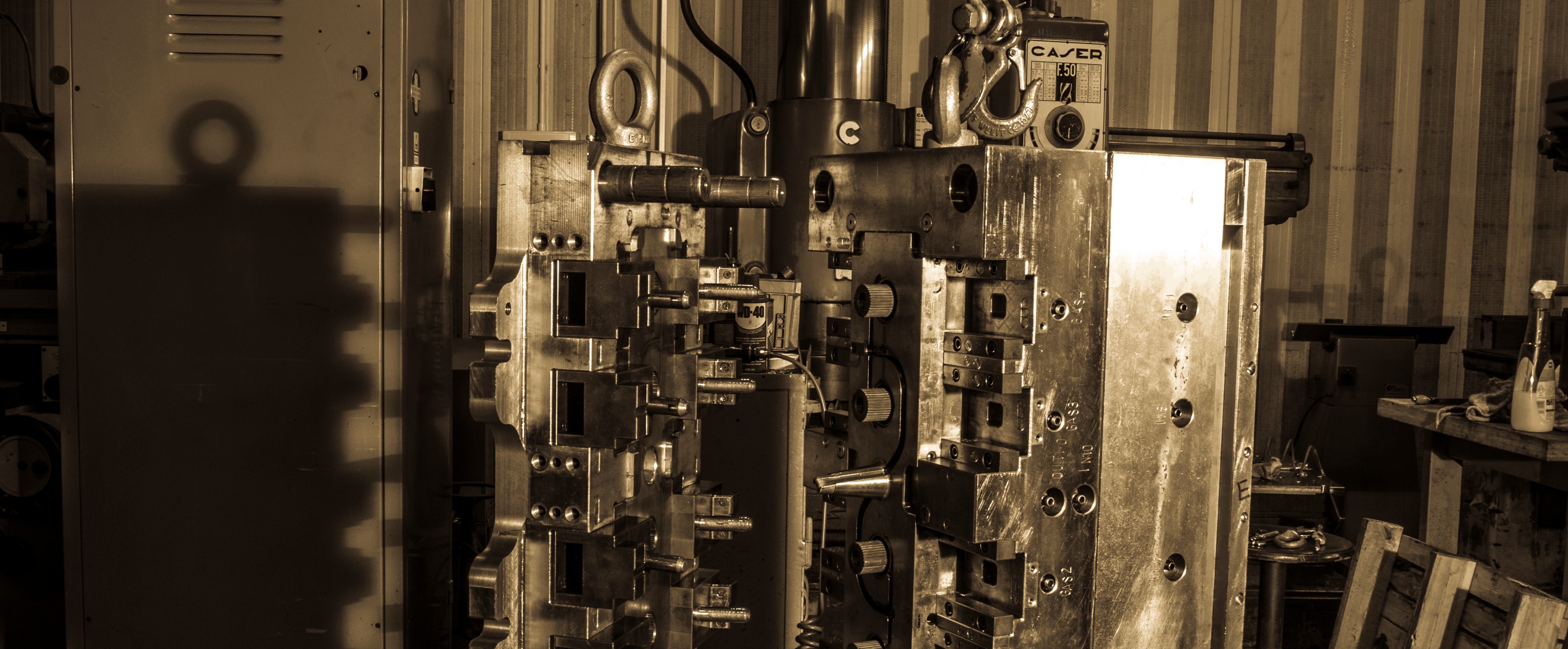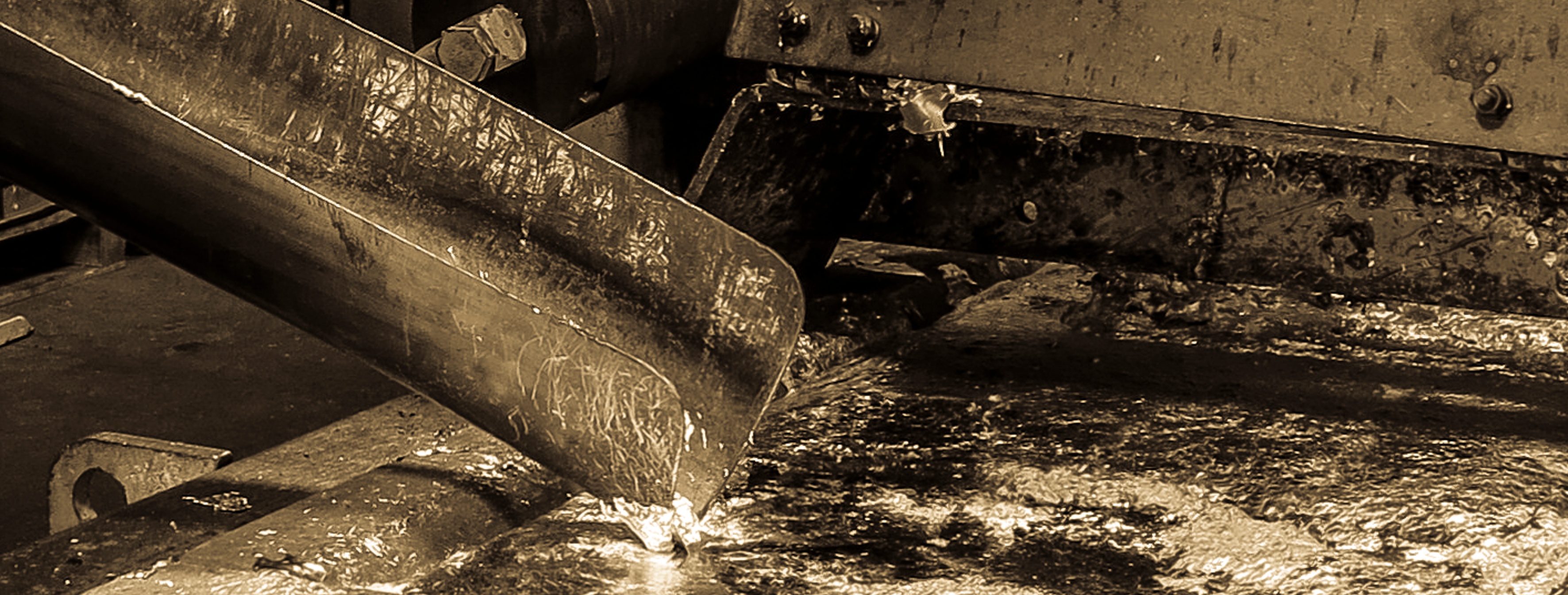All the posts for die-casting-finishing
Posts by Topic
- Die Casting simulation (35)
- Co-design (26)
- Cost reduction (23)
- die casting finishing (18)
- Defects reduction (16)
- high pressure die casting (16)
- die casting process (15)
- VAVE (13)
- die casting (12)
- Zinc (11)
- Zinc benefits (10)
- casting process (10)
- die casting engineering (10)
- optimization (10)
- Innovation (9)
- automotive (8)
- casting (8)
- ZAMAK (7)
- product design (6)
- quality (6)
- Mould Design (5)
- Scrap reduction (5)
- automation (5)
- saving (5)
- Mold (4)
- benefits (4)
- die casting machines (4)
- hot chamber die casting (4)
- industry (4)
- supply chain (4)
- zinc alloys (4)
- Commodity (3)
- coffee market (3)
- mold maintenance (3)
- process improvement (3)
- small appliances (3)
- technology (3)
- thin wall thickness (3)
- Shrinkage porosity (2)
- costs saving (2)
- customer service (2)
- cycle time (2)
- electronic products (2)
- improvement (2)
- metrology (2)
- mold design (2)
- process analysis (2)
- production (2)
- production process (2)
- recycling (2)
- sustainability (2)
- white goods (2)
- zinc life cycle (2)
- DFM (1)
- Electromechanical systems (1)
- HPDC (1)
- Lighting components (1)
- Press (1)
- SME (1)
- Textile (1)
- Textile Machineries (1)
- Zinc alloy actuators (1)
- actuators (1)
- chrome plating (1)
- environment (1)
- industrial machinery (1)
- industrialization (1)
- lead time (1)
- machines (1)
- painting (1)
- quality control (1)
- surface treatment (1)
- tier 2 automotive supplier (1)
- vacuum valve (1)
- zinc alloys for doors and windows (1)
One of the main fields of application for zinc alloy products is surely the building sector. Depending on the position of the component and its visibility, various surface treatments are required to improve aesthetics and functionality.
Zinc die casting finishes are processes applied in order to modify surfaces of manufactured items, products or components with the purpose of reaching client requirements and improve functional and aesthetical quality of a product.
Black zinc is a zinc plating treatment which gives aesthetic and functional characteristics to products' surface. In this article we are going to deeply and technically analyze this treatment but, first of all, it could be useful to have an introduction on zinc plating main characteristics and which different types are most commonly used.
The automotive industry has requirements that are both functional and aesthetic when designing a component which should be produced by using die casting process. The main aspect a die caster will seek to ensure is oxidation prevention, therefore requirement on component is to extend resistance to atmospheric agents.
It may seem impossible but it is not! Reducing costs adding a die casting finish is really possible. The trick is just trusting your supplier and its expertise: collaboration with it in co-design terms. Starting a collaboration with suppliers can help clients to find a suitable solution to obtain the same requirements: with new solutions, but less costs.
Diecast finishes are every industrial processes applied to modify product or component surface in order to improve its aesthetic or technical quality. These processes are applied to improve or modify electrical conductivity, remove burrs and other flaws and for many other reasons. Furthermore, diecast finishes allow obtaining the desired aesthetic feature and coating durability.
Die casting surface treatments are operations that lead to obtain a finished product starting from the casting aiming at increasing aesthetical and functional characteristics of a product or component. Can be either production cycle last phase or a step, where component surface is prepared for other following treatments.
In die casting, zinc die casting finishing process might improve the product appearance and performance. Zinc die casting parts can be submitted to different kinds of post treatments for many reasons, such as improving a product appearance, conferring resistance to chemicals, corrosion and wear, improving or modifying electrical conductivity and removing burrs and other flaws.
